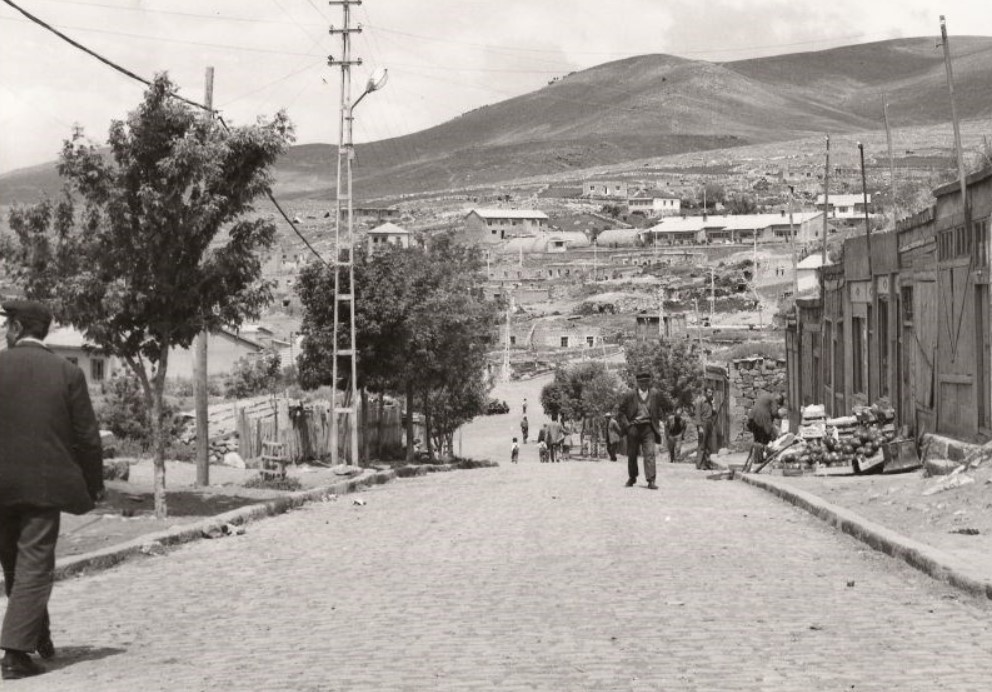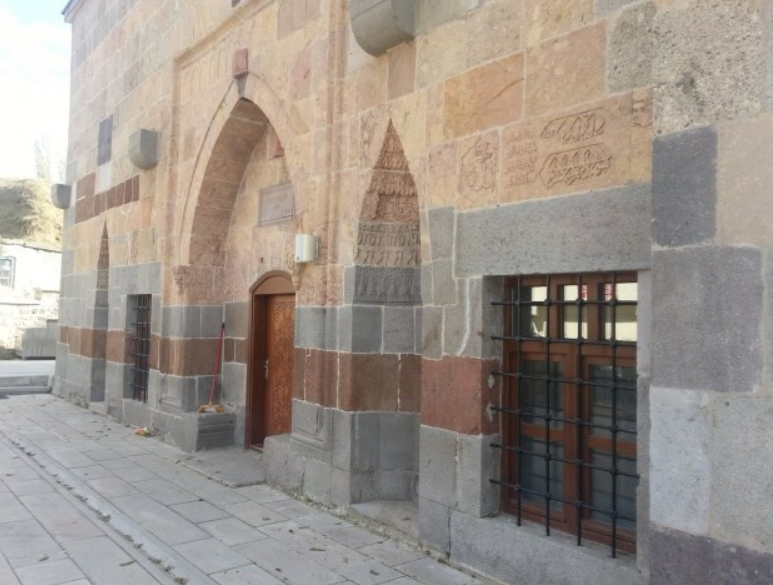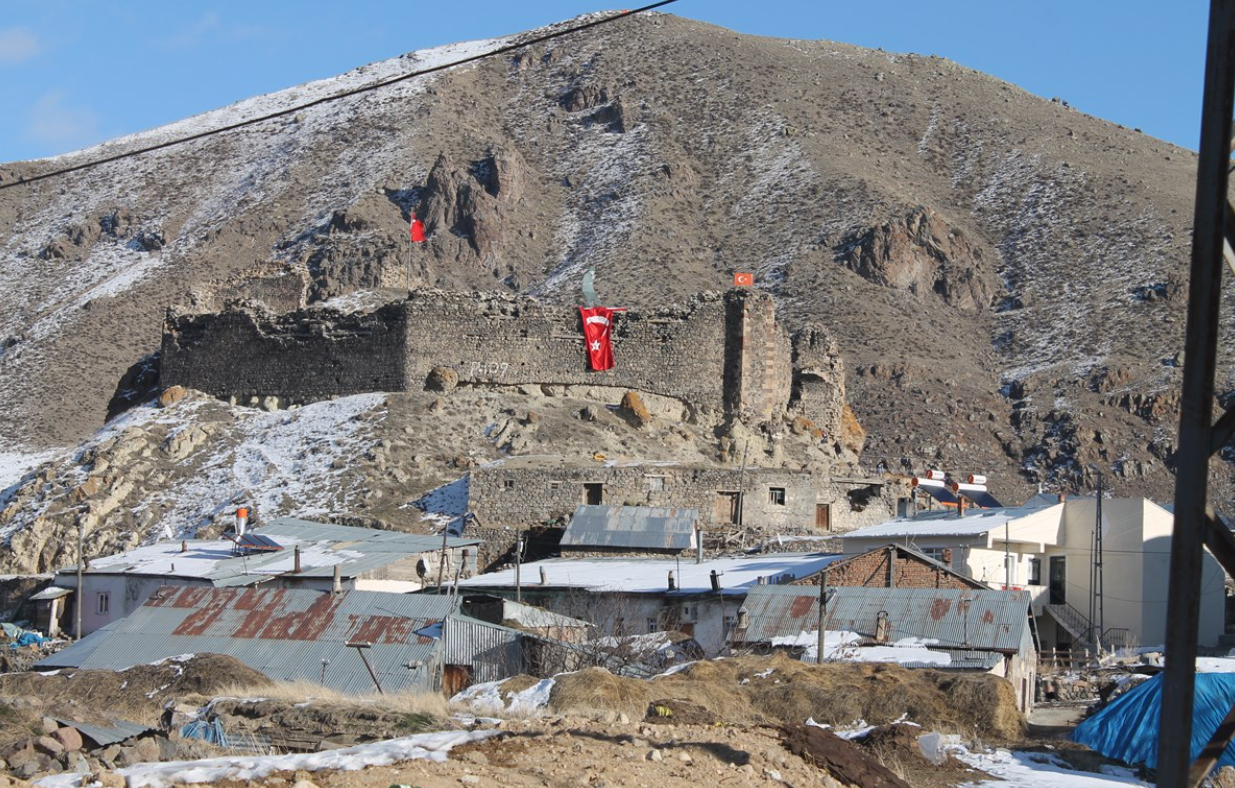Şenkaya is a district located in the northeast of Erzurum province. The district, which has a rugged terrain, stands out with its rich forests and nature. Under the influence of a continental climate, Şenkaya's economy is mainly based on agriculture and animal husbandry. Due to its location on the historical Silk Road, the district has hosted different cultures and is currently noteworthy for its peaceful and natural life.

Old Şenkaya (Şenkaya District Governorship)
History
The history of Şenkaya and its surroundings dates back a long time. Throughout history, the region has been under the dominion of various civilizations such as Urartu, Rome, Byzantium, Seljuk, and Ottoman. Its location on the Silk Road, in particular, has made the region an important commercial and cultural center. After the Battle of Manzikert in 1071, the Turks who spread into Anatolia also settled in this region. During the Ottoman Empire period, it continued its existence as a settlement belonging to the Erzurum Province. After the proclamation of the Republic, it became a district of Erzurum.
Geography and Climate
Şenkaya is located in the high and mountainous areas of the Eastern Anatolia Region. The district lands are generally rugged and covered with forests. It is bordered by Artvin to the north, Tortum and Olur to the west, Horasan to the south, and Ardahan provinces to the east. Due to its high altitude, a continental climate prevails. Winters are long and cold, while summers are cool and rainy. The annual average temperature is low, and snowfall can be effective for a long time. The rivers in the region are generally fed by mountainous areas and their flow rates show seasonal variations.
Population
According to 2024 TURKSTAT data, Şenkaya's population is 15,412. The district has a rural structure and its population density is low (44.4 people/km²). Although past migrations have affected the district's population, it has attracted the interest of those who prefer natural living in recent years.
Economy
Şenkaya's economy is primarily based on agriculture and animal husbandry. Agricultural production is limited as agricultural lands are generally mountainous and rugged. Main agricultural products include wheat, barley, potatoes, and fodder crops. Animal husbandry is widespread, especially in the form of cattle and small ruminant breeding. The extensive forested areas have also enabled the development of beekeeping activities. In recent years, the potential for nature tourism has also been recognized, and efforts in this area have started to contribute to the economy.
Tourism, Culture, and Cuisine
Şenkaya carries tourism potential with its natural beauties, historical remains, and cultural richness. Its plateaus, forests, and clean air are particularly suitable for activities like nature walks, camping, and photography. There are also some structures dating back to the Seljuk and Ottoman periods in the district. The local culture reflects the general characteristics of Eastern Anatolia, and traditions and customs still maintain their importance.
Şenkaya cuisine is influenced by the natural products of the region. Due to widespread animal husbandry, meat and dairy products hold an important place. Mıhlama, cağ kebabı (though specific to Erzurum, it is also made in the region), kete, and various local cheeses are among the prominent flavors of the region. Furthermore, different types of herbs are used in dishes thanks to the natural vegetation.
Penek Castle: Although the exact construction date of the castle, located within the borders of Penek Village near the district center, is unknown, records indicate that it was built in 1548 and was used during the Ottoman period.
Bardız Mosque: Located right behind Penek Castle, the mosque was built from cut stone. According to its inscription, its architect is Sertzade Molla Ali.

Bardız Mosque ( Şenkaya District Governorship)
Bardız Castle: Located in Bardız village, connected to the district center, the castle was built by the Saltukids. It is an important structure also mentioned in the Seyahatname (Book of Travels) of the famous traveler Evliya Çelebi.

Bardız Castle (Şenkaya District Governorship)
Venk Church: Although there is no definite information about its history, it is estimated to belong to the Roman or Byzantine period.
Other Historical Structures: In addition to these, there are other historically significant structures in the district such as Kahmıs Castle, Kahmıs Church, and Soğmunkale Church.


